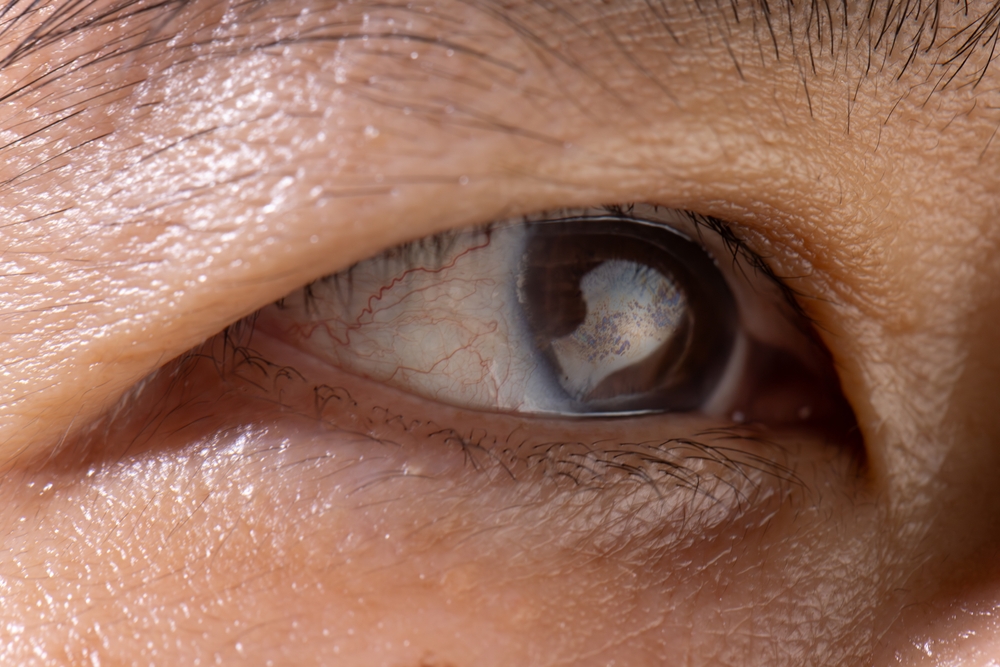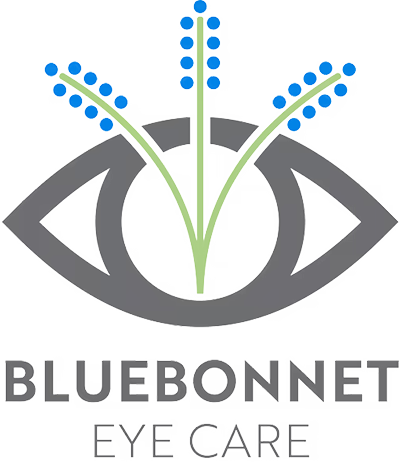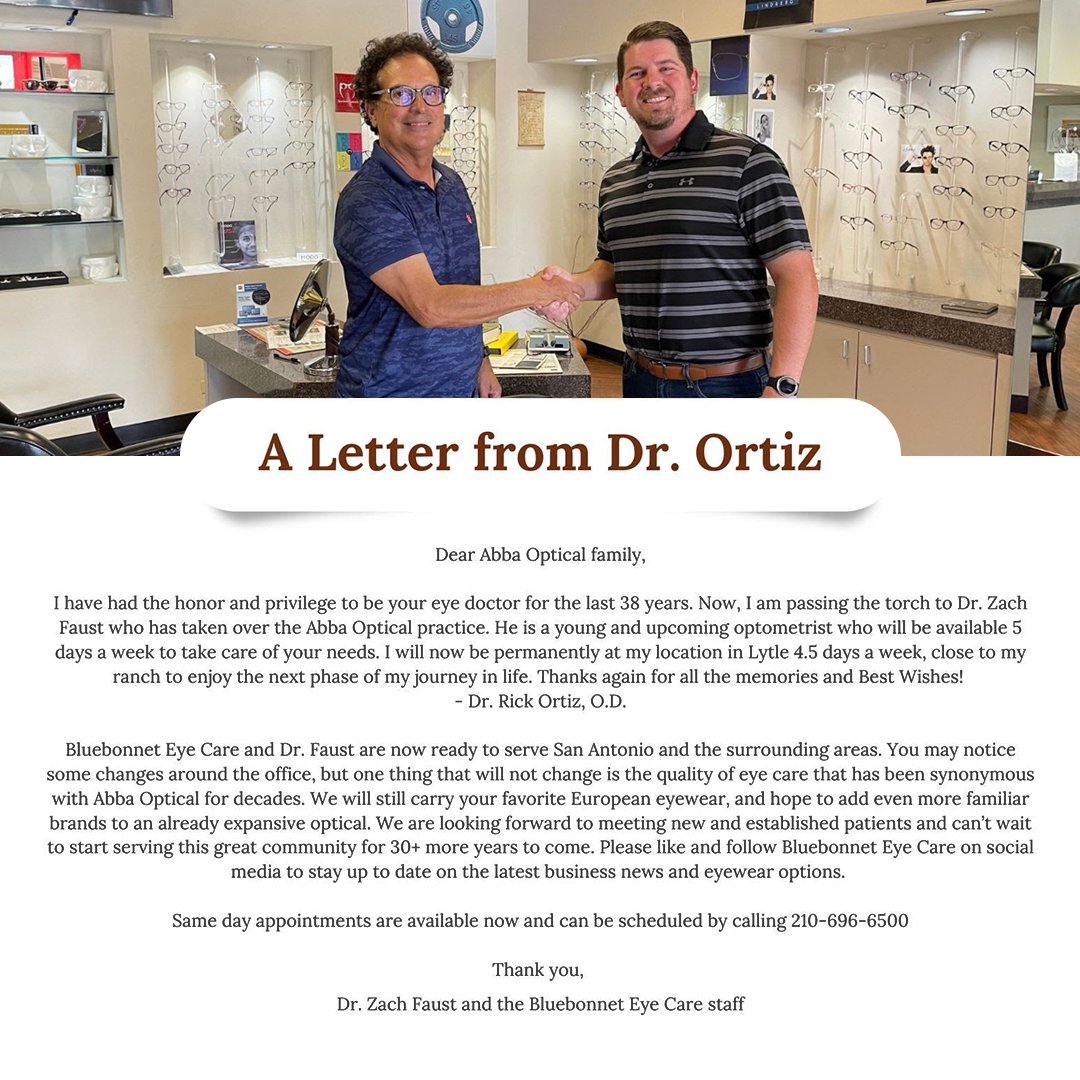
Glaucoma is often called the "silent thief of sight" because it can gradually steal vision without noticeable symptoms in the early stages. By the time many people realize something is wrong, significant vision loss has already occurred. At Bluebonnet Eye Care, we believe that knowledge is just as important as regular eye exams in protecting your sight. Understanding how glaucoma works, why early detection is crucial, and what treatment options are available can make all the difference in maintaining lifelong vision.
What Is Glaucoma?
Glaucoma is a group of eye diseases that damage the optic nerve, which is responsible for transmitting visual information from the eye to the brain. This damage is most often caused by increased pressure inside the eye (intraocular pressure or IOP), though glaucoma can also develop with normal eye pressure. Over time, this damage leads to permanent vision loss.
There are several types of glaucoma, but the two most common are:
• Open-Angle Glaucoma: The most common form, it develops slowly and painlessly as fluid drainage from the eye becomes less efficient, gradually increasing eye pressure.
• Angle-Closure Glaucoma: This form can come on suddenly, causing severe eye pain, nausea, headaches, and rapid vision loss. It’s a medical emergency that requires immediate treatment.
Why Early Detection Matters
Glaucoma-related vision loss is irreversible, but early detection can slow or even stop its progression. Because most people don’t experience symptoms until vision is already affected, annual eye exams are critical. A comprehensive eye exam includes several tests to check for glaucoma, including:
• Tonometry: Measures intraocular pressure.
• Ophthalmoscopy: Examines the health of the optic nerve.
• Visual Field Test: Identifies areas of vision loss.
• OCT Scans: Provides detailed imaging of the optic nerve for early detection.
Even if your vision seems perfectly fine, regular exams allow us to catch small changes before they become serious problems.
Glaucoma Treatment: What Are Your Options?
If you’ve been diagnosed with glaucoma, treatment will focus on reducing eye pressure to slow further damage. The right approach depends on the severity of your condition and how your eyes respond to different treatments.
• Prescription Eye Drops: The first line of defense, these help reduce eye pressure by either decreasing fluid production or improving drainage.
• Oral Medications: Sometimes used in combination with eye drops to further control eye pressure.
• Laser Therapy: Procedures like SLT (Selective Laser Trabeculoplasty) or LPI (Laser Peripheral Iridotomy) can improve fluid drainage and lower pressure.
• Surgical Intervention: If other treatments aren’t effective, options like trabeculectomy or minimally invasive glaucoma surgery (MIGS) can help create new drainage pathways.
Protecting Your Vision Starts Now
No one wants to think about losing their vision, but ignoring glaucoma can have lifelong consequences. The good news is that early detection and consistent management can help preserve your sight. If you’re over 40, have a family history of glaucoma, or have other risk factors such as diabetes or high blood pressure, regular eye exams are even more critical.
Take a proactive approach to your eye health and keep glaucoma from stealing your sight. Schedule your next eye exam with Bluebonnet Eye Care today. Visit our office in San Antonio, Texas, or call (210) 696-6500 to book an appointment.











